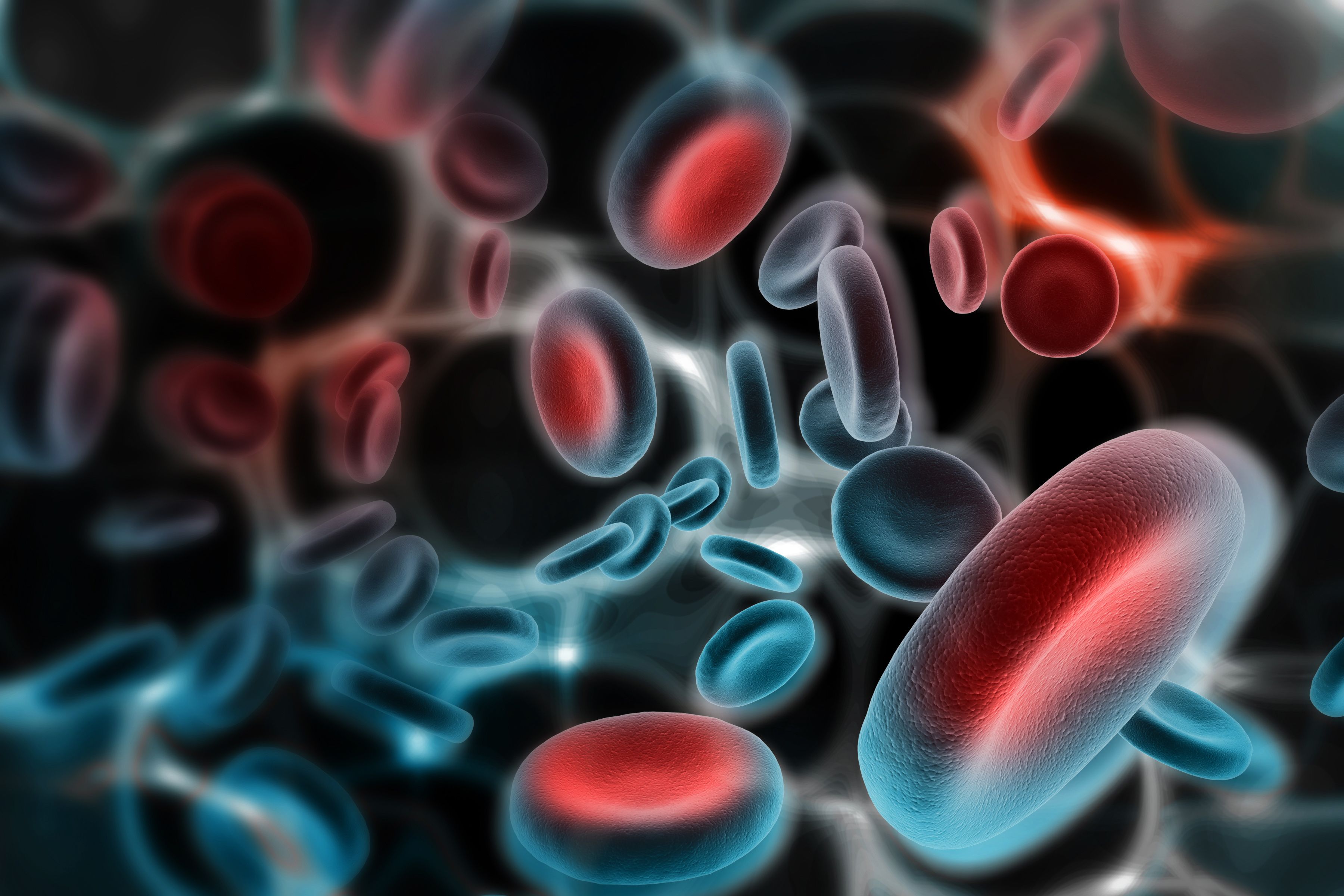EX103 Yields Preliminary Activity, Tolerability in R/R Non-Hodgkin Lymphoma
Treatment with EX103 produces deep responses among heavily pretreated patients with B-cell non-Hodgkin lymphoma across multiple subgroups in a phase 1 trial.
"EX103 induces rapid and deep responses in heavily pretreated patients with B-cell NHL across different subtypes," according to Mingyuan Sun, MD.

Investigators reported favorable safety and preliminary anti-tumor activity in heavily pretreated patients with relapsed/refractory B-cell non-Hodgkin lymphoma (NHL) treated with EX103, according to findings from a phase 1 trial (NCT06021678) presented at the 2023 European Society for Medical Oncology Congress (ESMO).
Findings from the dose-escalation portion of the study showed that evaluable patients treated with EX103 (n = 13) did not experience any dose-limiting toxicities (DLTs), and the maximum tolerated dose (MTD) had not been reached. No treatment-related deaths occurred, and no grade 3 or greater cytokine release syndrome (CRS) was reported. Additionally, no instances of any-grade immune effector cell–associated neurotoxicity syndrome occurred.
Regarding efficacy, patients with relapsed/refractory diffuse large B-cell lymphoma treated with at least 6 mg of EX103 who were evaluable for response (n = 4) experienced an overall response rate (ORR) of 75.0%. All 3 responders achieved a complete response (CR), and the fourth patient had stable disease. In evaluable patients with relapsed/refractory follicular lymphoma or marginal zone lymphoma (MZL) treated with at least 6 mg of EX103 (n = 4), the ORR was 100%, with all patients achieving a partial response (PR). One evaluable patient with mantle cell lymphoma (MCL) who received 3 mg of EX103 experienced a CR.
“EX103 induces rapid and deep responses in heavily pretreated patients with B-cell NHL across different subtypes,” lead study author Mingyuan Sun, MD, GCP Center Stage I Ward, Institute of Hematology and Blood Disease Hospital, Chinese Academy of Medical Sciences, in Tianjin, China, and colleagues wrote in a poster presentation of the data.
Although treatment with CD20xCD3 bispecific antibodies has emerged for patients with relapsed/refractory B-cell NHL, CRS remains a significant adverse effect (AE) associated with these agents. Therefore, EX103 was re-designed to have a lower affinity to CD3.
In preclinical monkey models, EX103 showed significantly lower interleukin-6 release. The agent also exhibited high affinity to CD20 and low affinity to CD3, and it induced T-cell mediated cytotoxicity against various B lymphoma cells. Additionally, EX103 induced potent in vitro cytotoxicity against CD20-positive Raji and Daudi tumor cells.
In a reconstituted mouse model, the agent also showed effective tumor inhibition at 0.01 mg/kg. Notably, EX103 also induced low-level CRS in rhesus monkeys.
The open-label, multicenter, phase 1, dose-escalation trial is being conducted at 4 research centers in China and is evaluating EX103 in patients with relapsed/refractory aggressive B-cell NHL.
Eligible patients are being enrolled onto 8 cohorts where they are receiving doses of EX103 ranging from 1.2 mg to 36 mg. All patients are receiving step-up intravenous doses of EX103, which includes 1 priming dose and 2 intermediate doses, within a 28-day DLT phase in cycles 0 and 1. Subsequently, patients are being administered their designated target dose once per week for the first 2 cycles, once every 2 weeks for cycles 3 through 24, and once every 4 weeks beyond cycle 24 for any patient who achieved a CR or CR with incomplete hematologic recovery, or until disease progression or unacceptable toxicity.
The study’s primary end points are to determine the recommended phase 2 dose and MTD of EX103. Secondary end points include tolerability and antitumor activity.
Of the 13 evaluable patients treated prior to the data cutoff of July 10, 2023, 38.4% (n = 5) had de novo DLBCL, 30.8% (n = 4) had follicular lymphoma, 7.7% (n = 1) had MCL, 7.7% (n = 1) had MZL, and 15.4% (n = 2) had chronic lymphocytic leukemia.
The median age of all patients was 51 years (range, 43-66), and the majority of patients were male (61.5%). Patients had ECOG performance statuses of 0 (15.4%), 1 (76.9%), and 2 (7.7%), and they received a median of 5 prior lines of therapy (range, 2-8). Prior therapies included chemotherapy and an anti-CD20 monoclonal antibody (100%), autologous stem cell transplant (7.7%), and CAR T-cell therapy (15.4%).
Notably, in patients who had progressed on prior CAR T-cell therapy (n = 2), 1 had a PR and another had stable disease.
At data cutoff, 61.5% of patients were ongoing treatment, and the median duration of exposure was 143 days (range, 35-410). Notably, 15.4% of patients discontinued treatment due to progressive disease, and AEs did not lead to discontinuation in any patients.
Regarding safety, most instances of CRS occurred within the first or second treatment cycles and resolved within 48 hours. The most common treatment-related AEs reported in at least 10% of patients included CRS, decreased platelet count, decreased neutrophil count, anemia, hypokalemia, infusion-related reaction, asthenia, diarrhea, upper respiratory tract infection, pyrexia, and constipation.
Reference
Sun M, Zhou K, Ji C, et al. EX103, a re-designed CD20xCD3 bispecific antibody, showed a favorable safety and potent single-agent antitumor activity in heavily pretreated relapsed/refractory patients with B cell non-Hodgkin lymphoma. Ann Oncol. 2023;34(suppl 2):S459-S460. doi.org/10.1016/j.annonc.2023.09.700
Newsletter
Stay up to date on recent advances in the multidisciplinary approach to cancer.
Highlighting Insights From the Marginal Zone Lymphoma Workshop
Clinicians outline the significance of the MZL Workshop, where a gathering of international experts in the field discussed updates in the disease state.